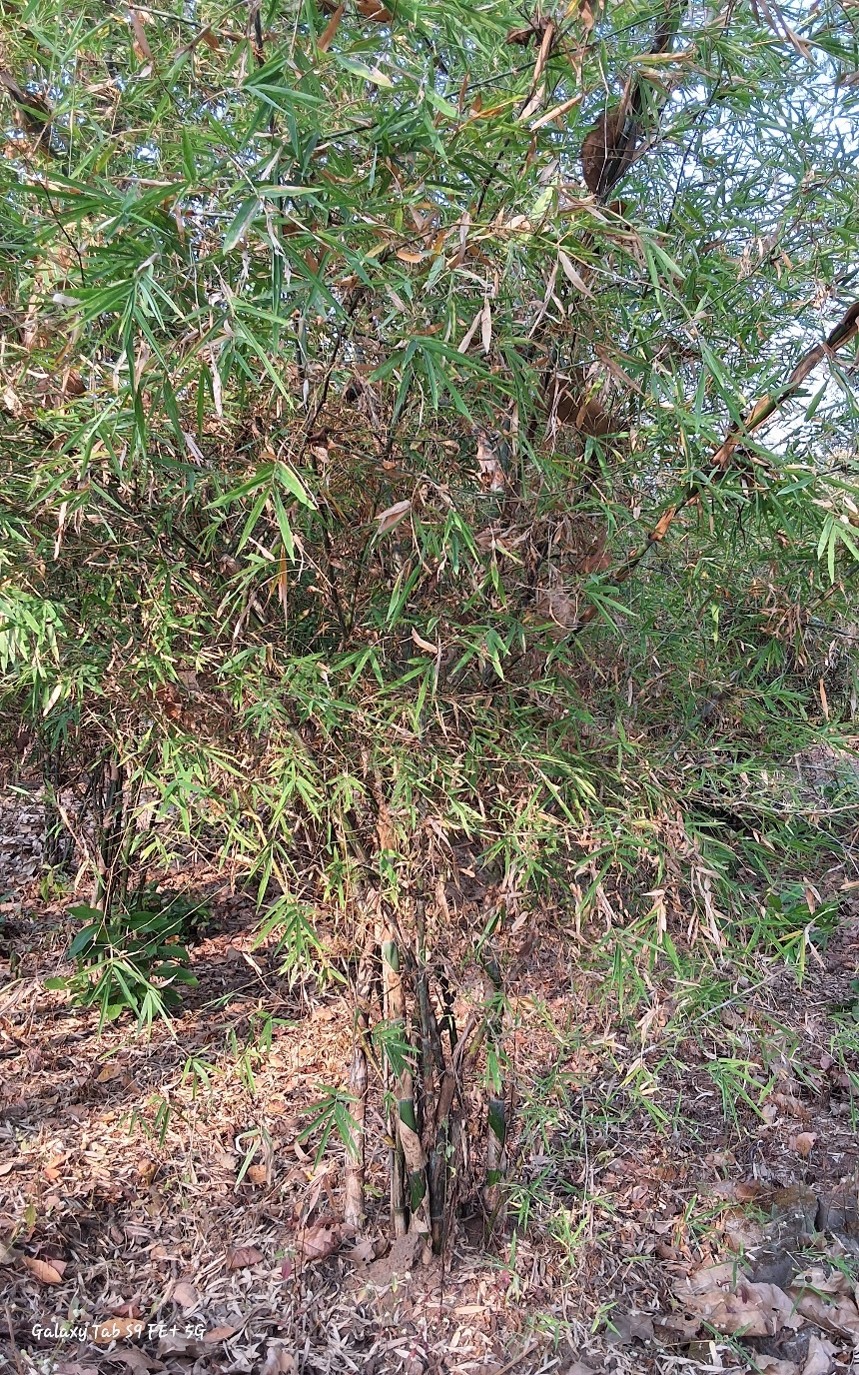Dendrocalamus strictus var. mysore

Dendrocalamus strictus var. mysore
Dendrocalamus strictus var. mysore commonly known as Mysore Bamboo, is a clumping bamboo species native to Southern India, particularly in Karnataka, Tamil Nadu, and parts of Andhra Pradesh. It thrives in moist tropical forests, often growing in hilly and foothill regions, along riverbanks, or in disturbed forest areas, at elevations ranging from 500 to 1,500 meters. Preferring well-drained, fertile soils, this bamboo can grow in various soil types, including clay, loam, and sandy soils, and tolerates a slightly acidic to neutral pH. The culms of Mysore Bamboo typically reach heights of 15 to 20 meters, with diameters of 12 to 18 cm. They are green initially and turn yellowish-brown with age. The leaves are lanceolate to narrow oblong, 20 to 30 cm long and 3 to 5 cm wide, with pointed tips. Its large, branched panicle inflorescence bears numerous small flowers, and although it rarely flowers, it blooms once every 30 to 40 years. The bamboo rarely produces seeds due to its long flowering cycle.
Mysore Bamboo is extensively used for various purposes. It is commonly utilized in construction for making poles, scaffolding, and fences due to its strength and durability. The bamboo is also highly valued in the crafting of furniture, baskets, and other decorative items. In South India, the young shoots are eaten in regional dishes. Additionally, it is used in the pulp and paper industry and plays an important role in soil erosion control, thanks to its clumping growth and deep root system. Furthermore, this bamboo has traditional uses in making tools, agricultural implements, and musical instruments. Mysore Bamboo is propagated through culm cuttings, clump division, new shoots, or tissue culture, making it accessible for commercial and local use.
Listen Audio:
Need assistance? BRTC Faculty